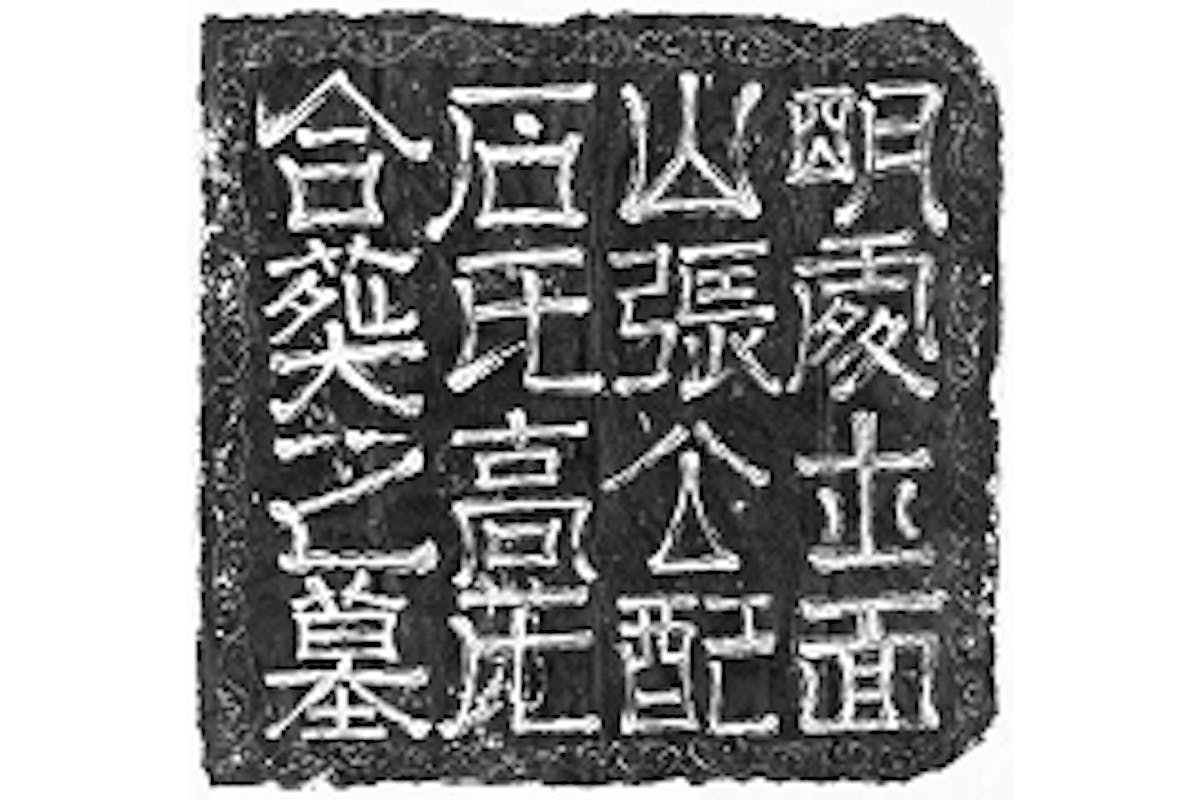Ming Dynasty Lives Inscribed in Stone and Bone
Talk by Elizabeth Berger, Department of Anthropology, University of California, Riverside
Thursday, Mar. 9, 3 p.m.
Free

The cemetery at Upper Xuwucun, Shaanxi Province, was in use during the Ming Dynasty (A.D. 1368-1644) by the local Zhang family. Recent excavations unearthed twenty-three skeletons and four carved stone epitaphs detailing the lives of the people buried there. This case presents a rare opportunity to examine linked skeletal, mortuary, and newly unearthed written records of named individuals, and to reconstruct their lives from all three records in conjunction. The epitaphs contain information on age at death, gender, and life story, while the osteo-biographies and trends in the skeletal population as a whole contain information on antemortem trauma, benign neoplasms, and foot binding. Gender and class intersected in ways specific to this historical context, and are inscribed in the epitaphs and in the skeletons. This method of microhistory can be used to construct a fine-grained picture of social roles among Ming Dynasty landowners in the rural Guanzhong Basin.
Elizabeth Berger is an assistant professor in the Department of Anthropology at the University of California, Riverside. She received her BA in Archaeology from Columbia University, and her PhD in Anthropology from the University of North Carolina at Chapel Hill. She is a bioarchaeologist whose research focuses on prehistoric human-environment interaction and adaptation, especially the transition from Neolithic to Bronze Age subsistence and settlement patterns in Northwest China and its impact on human demography and epidemiology. She also examines historic period gender and identity through her work on foot binding and individual osteobiographies. Her work has appeared in a number of journals and edited volumes in both Chinese and English.

